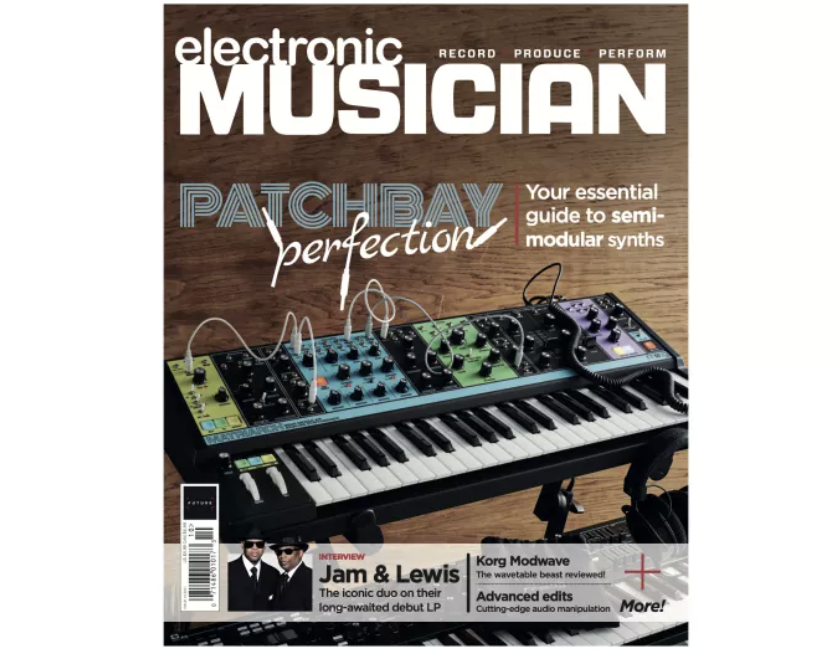How to use altered chords for better progressions
This music theory hack can give a chord progression a dramatic tinge
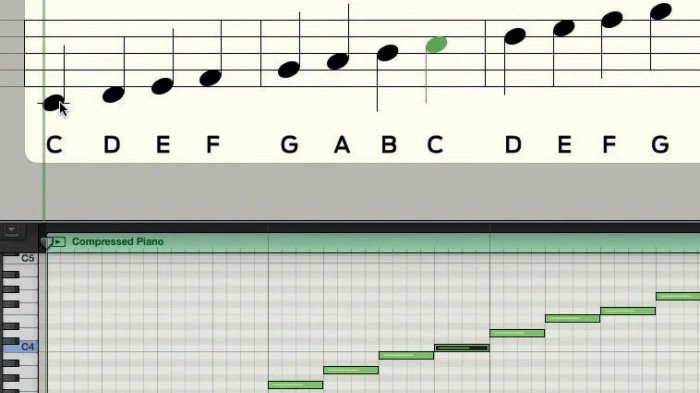
Altered chords are chords that have been changed by having the pitch of one or more notes in the chord sharpened or flattened by a semitone. Altering a chord in this way can have a big effect on its character and tonal colour, so substituting regular chords with altered versions in a progression can spice things up without straying too far beyond the boundaries of functional harmony.
One use may be to increase the tension when resolving from a V7 chord (a dominant 7th chord based on the fifth degree of the scale of the current key) back to an I chord (the tonic chord of the current key) by altering the V7 chord to, say, a V7b5. This would make for a more spectacular payoff when the resolution finally happens.
Borrowed chords, also known as modal mixtures or substituted chords, are chords that are borrowed from a parallel major or minor key. Typically, these are used as 'colour chords' providing a brief harmonic variation. Borrowed chords can also be thought of as one of the simplest forms of altered chord and can be considered transitory modulations.
Here, we're going to focus on the ‘shifting the pitch of a note by a semitone’ kind of alteration. The most effective of these kind of alterations are based on dominant seventh, minor seventh, dominant ninth and minor ninth chords, so over the following couple of pages, we’ll be looking at building these types of altered chords for use in your own productions.
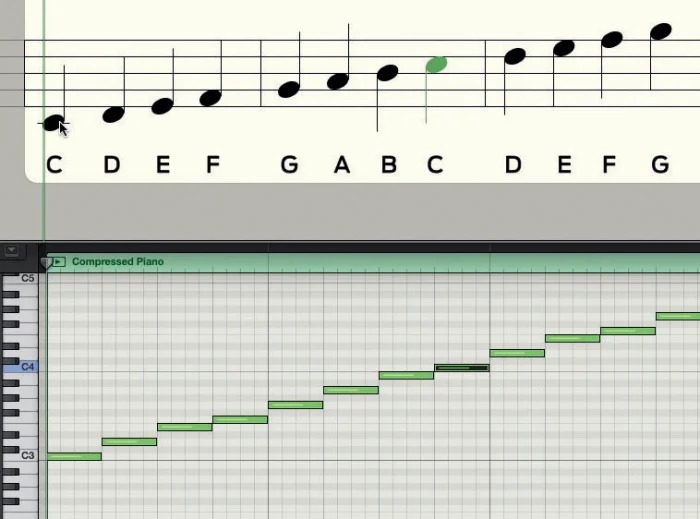
1. Here’s the C major scale – all the white notes on the piano keyboard, played from C to C, giving us C, D, E, F, G, A, B and C once again, an octave higher than the root note. This time we’re going higher than the octave, extending the range of notes available to two octaves, so that we can build some extended chords.
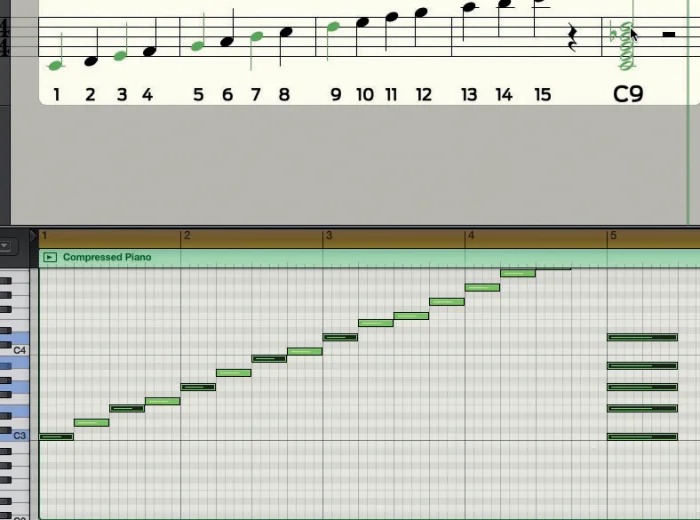
2. Number each note, or ‘degree’ of the scale from 1 to 15, giving us a way of naming chords that can be built from these notes. Build a dominant C7 chord by playing a C major triad consisting of 1(C), 3(E), 5(G) and adding a flattened 7(Bb). Turn this into a C9 chord by adding the ninth degree of the extended major scale, D.
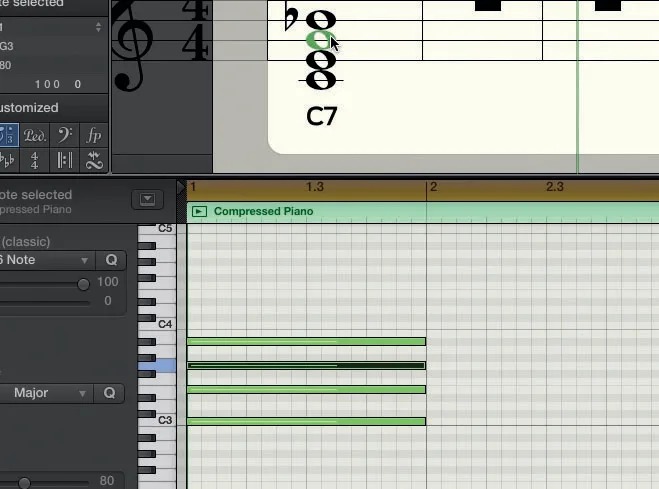
3. There are certain notes that are common candidates for alteration in a chord like this: the 5th (G in this case) and the 9th (D in this case). Do this by sharpening or flattening one of these notes by one semitone. Let’s forget the 9th for a minute, and look at a dominant C7 chord. Check out the 5th of the chord, the note G.
Get the MusicRadar Newsletter
Want all the hottest music and gear news, reviews, deals, features and more, direct to your inbox? Sign up here.
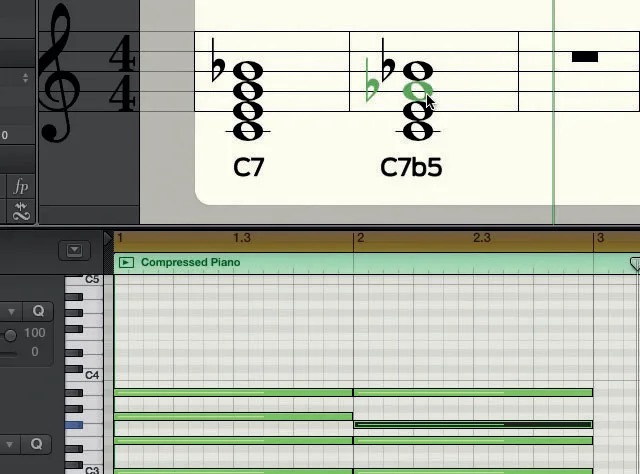
4. If we move this note down in pitch by a semitone, we’re flattening it to a Gb. This creates a really tense-sounding C7b5 chord (C-E-Gb- Bb). This tension is due to the dissonance of the Gb, which doesn’t belong in the parent C major scale, begging to resolve back to the G a semitone above it.

5. On the other hand, if you raise the 5th of a dominant 7th chord, altering G to G# in the case of C7, you get what’s known as a C7#5, or a Caug7. This is because the raised 5th creates an interval of an augmented fifth between it and the root note.
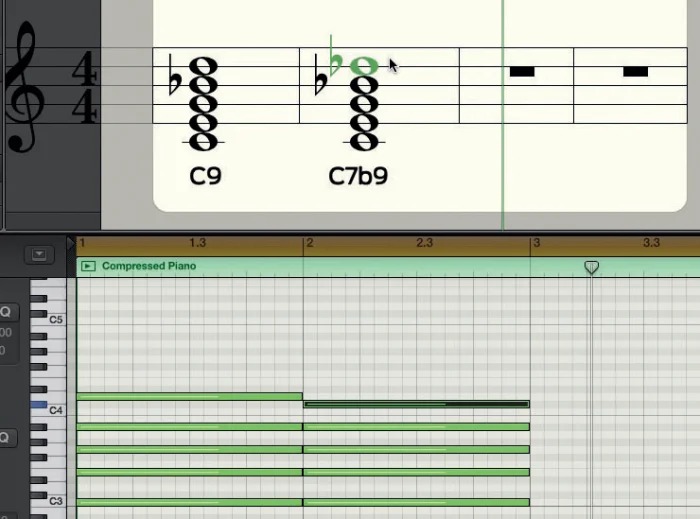
6. OK, now it’s time to look once again at the regular dominant 9th chord we made earlier, C9, made up of C E G Bb and D. By flattening the 9th (D) to a Db, we create a C7b9 chord, C-E-G-Bb-Db.
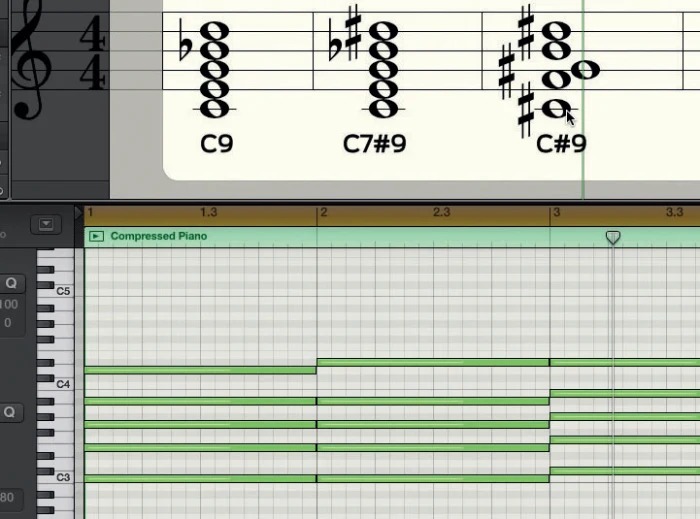
7. On the other hand, if we sharpen the 9th, by raising the D to a D#, we get a C7#9 (C-E-G-Bb-D#). Note that, because we’ve added a sharpened 9th to a dominant 7th chord, the resulting chord is called a C7#9. This avoids confusion with a C#9, which is a 9th chord with a C# root, C#-F-G#-BD#, a totally different animal!
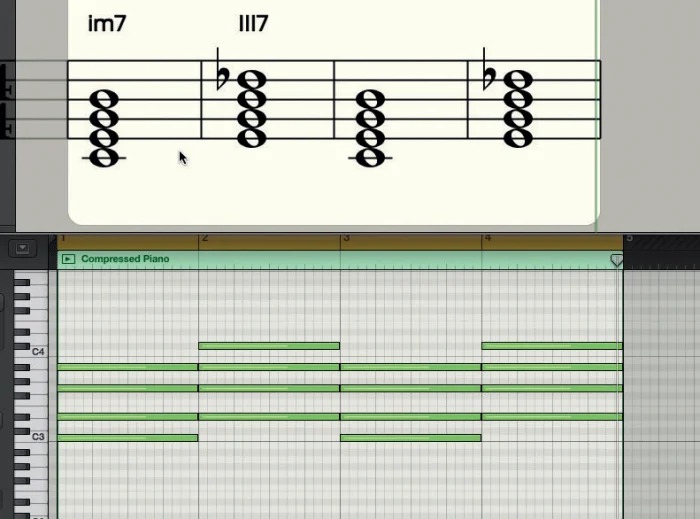
8. So when do we use these altered chords? Alterations work just as well on minor and major sevenths as they do on dominant chords. So let’s look at a simple progression that alternates from im7 to III7 and back again.

9. Here we’re in the key of C minor. The III7 chord in this key, Eb7 (because Eb is the third degree of the C minor scale), is already pulling back to the im7 chord (Cm7) but we can increase the tension by altering the III7 chord to a III7b5 chord to produce an Eb7b5. This is done by flattening the 5th, Bb, by one semitone, down to A natural.
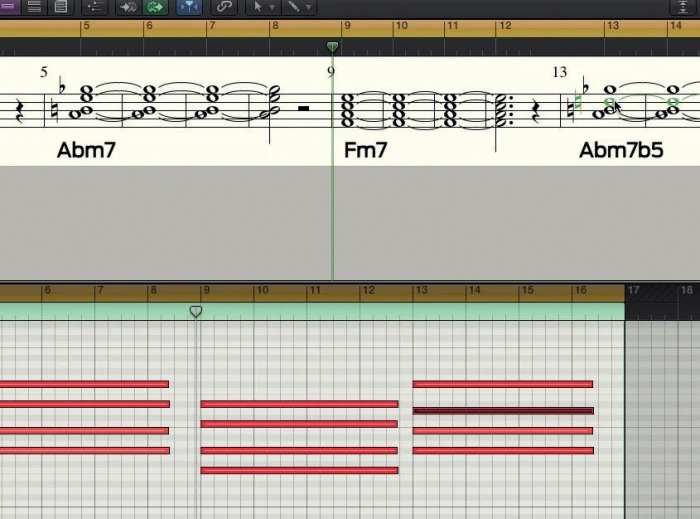
10. Altered chords also work well in non-diatonic progressions. In this F minor track, the progression in bars 1-8 is Fm7 (F-Ab-C-Eb), Abm7 (Ab-B-Eb-Gb). The Abm7 is non-diatonic, it doesn’t belong to the key of F minor. In bars 9-17, I’ve altered it by flattening the 5th (Eb) to a D, producing an Abm7b5 chord (Ab-B-D-Gb). That D adds a dramatic and foreboding flavour.
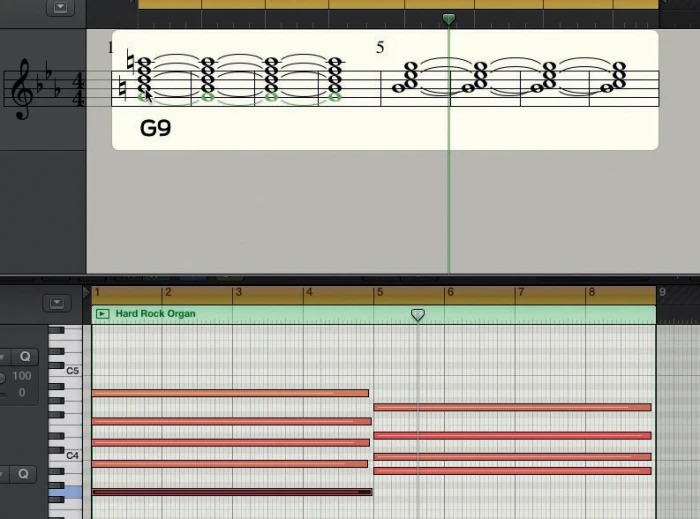
11. Another really useful example of an altered chord is the augmented V (#5) chord with a sharpened 9th. (Vaug7#9). One of my personal favourites, this one is full of tension and drama, great for resolving back to a im7 chord. Let’s start with a standard dominant 9th, we’ll use the V of Cm, G, as our root, giving us G-B-D-F-A.
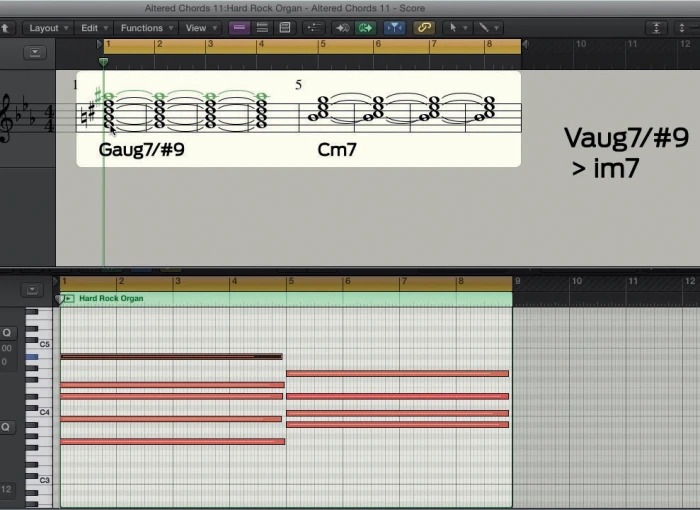
12. If we follow this with a Cm7 chord for a V9 - im7 resolution, it works… but it doesn’t exactly smack us between the eyes. To get our Gaug7#9, we need to take our G9 chord and raise the 5th (D) to D# and the 9th (A) to A#. Bam! Suddenly we’re standing on the top of a cliff, desperate to leap off and land on the Cm7 that follows.
Electronic Musician magazine is the ultimate resource for musicians who want to make better music, in the studio or onstage. In each and every issue it surveys all aspects of music production - performance, recording, and technology, from studio to stage and offers product news and reviews on the latest equipment and services. Plus, get in-depth tips & techniques, gear reviews, and insights from today’s top artists!
